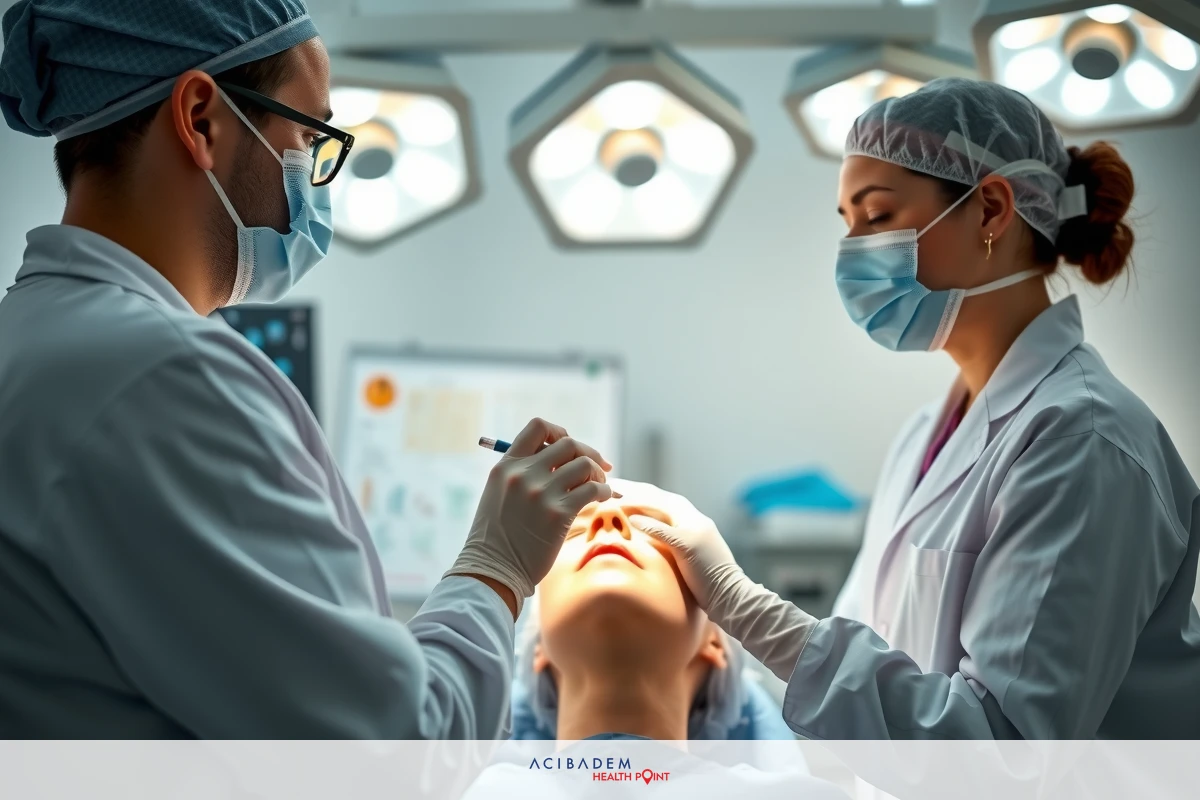Is Silicone Rhinoplasty Safe?
Is Silicone Rhinoplasty Safe? Silicone rhinoplasty emerges as a common choice for those seeking to enhance the aesthetic appeal of their nose. This procedure utilizes silicone, a synthetic material with remarkable compatibility with the human body, to reshape or augment one’s nasal structure. The popularity of this method stems from its ability to deliver visible improvements in a relatively non-invasive manner.
Yet, like any medical intervention, questions about safety and efficacy naturally arise. People considering this option often wonder about potential risks and how effectively it can meet their expectations. With these concerns at hand, let’s venture into an informative discussion around the safety and effectiveness of silicone rhinoplasty without making definitive conclusions on individual outcomes.
Understanding Silicone Rhinoplasty
Silicone rhinoplasty is a surgical intervention that aims to enhance or correct the shape of one’s nose. The procedure involves the insertion of a silicone implant, which can be customized according to each patient’s specific needs and desires. Its design flexibility allows surgeons to achieve more personalized results compared to other materials used in nasal surgery. The name silicone rhinoplasty might sound daunting, but it simply refers to this use of a silicone implant in reshaping the nose.
The safety profile of silicone as an implant material has been thoroughly studied over decades, adding credence to its usage in cosmetic procedures such as rhinoplasty. As a synthetic material known for its biocompatibility with human tissues, silicone reduces the risk of adverse reactions often associated with foreign body implants. Despite being inert and non-reactive by nature, meticulous surgical planning and execution are still paramount in ensuring optimal outcomes and minimal complications.
Efficacy-wise, patients seeking improvements on their nasal profile may find satisfaction from undergoing silicone rhinoplasty. This procedure can deliver significant changes not only aesthetically but also structurally when required – addressing issues like asymmetric nostrils or humps on the bridge of the nose that could impact ones self-esteem negatively if left uncorrected. In essence, considering both safety and efficacy factors together makes it clear why many people choose this method for enhancing their appearance.
Efficacy of Silicone Rhinoplasty
The effectiveness of silicone rhinoplasty is most clearly reflected in the satisfaction levels of patients following their procedures. The use of a custom-fitted, biocompatible implant allows surgeons to sculpt and enhance the nose with precision, thereby increasing the likelihood of achieving desired results. This type of surgery can significantly improve facial harmony by ensuring that one’s nose fits proportionally within their overall facial structure.
However, its essential to manage expectations realistically when considering any cosmetic procedure, including silicone rhinoplasty. While this method has proven effective for many individuals seeking nasal enhancements or corrections, its success depends largely on factors like patient health status and surgical execution quality. Surgeons often emphasize thorough consultation sessions to ensure that patients understand what can be achieved through this process before committing fully.
Moreover, perceived efficacy can also depend on post-operative care and recovery processes. Proper adherence to given guidelines such as avoiding strenuous activities or wearing glasses temporarily helps maintain successful outcomes from silicone rhinoplasty surgeries effectively. It is imperative not only for safety but also for preserving those initial positive results over time – proving once again why both aspects go hand-in-hand in discussions around silicone rhinoplasty’s efficacy.
Safety Considerations

Silicone rhinoplasty, like other surgical procedures, entails certain risks despite its generally safe profile. These may include infection, implant shifting or extrusion, and adverse reactions to anesthesia – all of which need to be discussed with the surgeon during pre-operative consultations. This open dialogue ensures patients are fully aware of potential hazards before deciding on undergoing this method.
While silicone is biocompatible and rarely causes allergic reactions, there might still be a risk of foreign body reaction leading to inflammation around the implant area in rare cases. However, experienced surgeons know how to minimize these possibilities by maintaining sterile environments during surgery and providing comprehensive post operative care instructions for patients. Following these guidelines vigilantly can largely help mitigate such concerns.
It’s also worth mentioning that safety isn’t solely about avoiding complications but also ensuring patient comfort throughout the process. From initial consultations until full recovery periods post-surgerypatients’ well-being should always take precedence. Surgeons must focus not just on achieving aesthetic outcomes but also prioritizing patient health and satisfaction levels at each step along their journey towards facial enhancement via silicone rhinoplasty.
Frequently Asked Questions
What is the recovery process like after a silicone rhinoplasty procedure?
The recovery from a silicone rhinoplasty can vary among individuals, but generally, it involves some swelling and bruising which gradually subsides over weeks. Patients are usually advised to avoid strenuous activities for a certain period and follow specific care instructions to ensure optimal healing.
How long does the result of a silicone rhinoplasty last?
Silicone implants used in rhinoplasty procedures are designed to be permanent. However, factors such as aging or significant weight fluctuations might still cause changes in facial structures over time that could potentially affect the appearance of your nose.
Are there any alternatives to silicone for nasal implants?
Yes, aside from synthetic materials like silicone, surgeons may also use natural tissue grafts taken from other parts of patients' bodies in certain cases. These options would typically be discussed during consultation sessions based on individual needs and preferences.
Can I remove or replace my silicone implant later if I'm not satisfied with the results?
While removal or replacement is possible, it's important to note that additional surgical interventions come with their own set of risks and should thus only be considered after thorough discussions with your surgeon.











